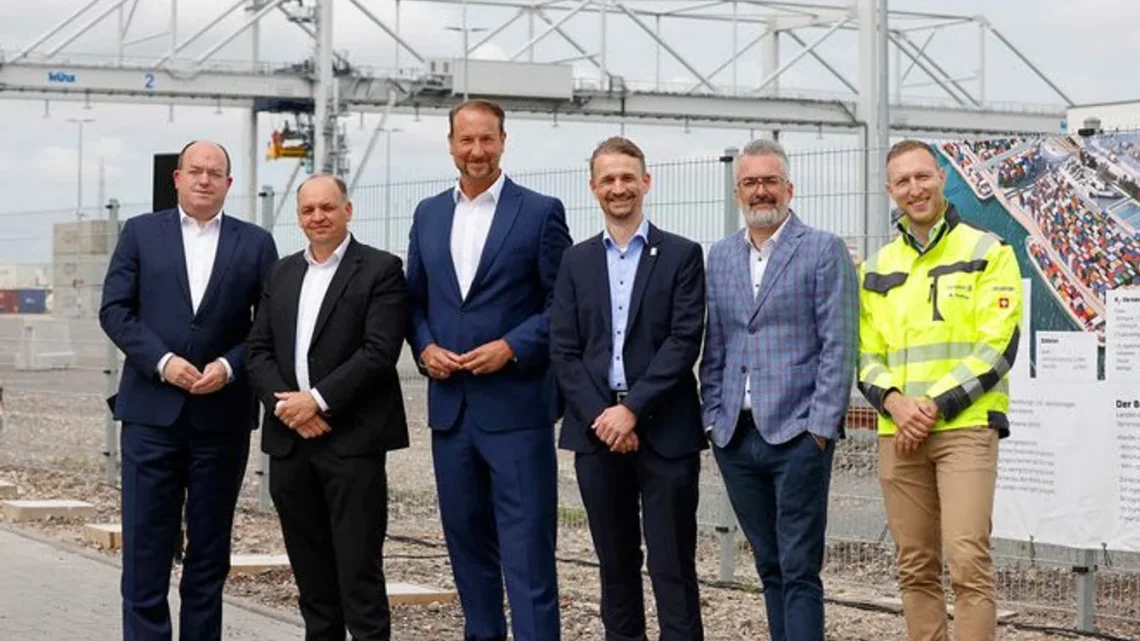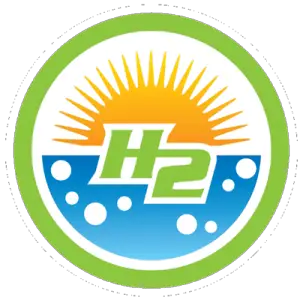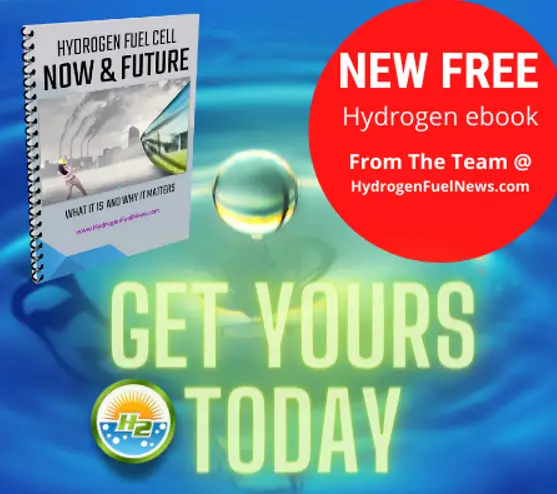
Hydrogen Fuel Cells Power Europe’s Largest Inland Port in CO₂-Neutral First
July 11, 2025Hydrogen fuel cells and cutting-edge microgrid tech have taken things to a whole new level at the Duisburg Gateway Terminal (DGT). On July 8, 2025, Rolls-Royce, duisport, and their partners officially flipped the switch on a game-changing, 100% CO₂-neutral, hydrogen-powered energy system—a first of its kind in Europe’s biggest inland port.
Here’s the Big Picture
Right in the middle of the Rhine-Ruhr region in Germany, DGT is now running operations using a blend of mtu hydrogen-powered CHP units, mtu fuel cells, solar panels, and battery storage—all synced together through a high-tech smart microgrid. The result? Clean energy, zero CO₂ emissions, and full power for everything from cranes and cooling systems to shore electricity, offices, and logistics vehicles.
What Makes It Stand Out
- Europe’s first large-scale hydrogen system: Fully operational and supporting port operations entirely on hydrogen and renewables.
- Serious government backing: A major nod from the German Federal Ministry for Economic Affairs and Energy, which chipped in €11.6 million to help get it off the ground.
- Built to scale: The system isn’t just a one-off—it’s modular, making it easy to replicate at other ports or heavy-duty logistics hubs.
- No fossil fuels needed: The setup is designed for 100% renewable energy, with room to grow as hydrogen infrastructure expands.
Diving Into the Tech
- mtu Series 4000 CHP units: These machines have been souped-up to run entirely on hydrogen, cranking out up to 2.5 MW with zero emissions.
- Hydrogen fuel cells: They use hydrogen and oxygen to create electricity and heat, and the only byproduct? Water vapor.
- Solar power: A massive 10,000 m² solar array feeds 1.3 MW of sunshine-fueled power straight into the terminal’s microgrid.
- Battery backup (mtu EnergyPack): Think of it as an energy vault—storing excess power and keeping things stable when demand spikes.
- Smart microgrid control: The brain of the operation, making sure all energy sources and usage are synced perfectly in real time.
Why This Matters
Led by duisport under the umbrella of the Enerport II project, with expert input from the Fraunhofer Institute UMSICHT and strong industrial muscle from Rolls-Royce Power Systems, this project does more than just cut emissions—it completely untethers the terminal from fossil fuels and grid instability.
And the ripple effect goes way beyond the port:
- Cleaner air: With no CO₂ or harmful pollutants, the surrounding community breathes easier.
- Stronger energy networks: Excess clean energy can be shared with nearby neighborhoods and industries.
- Ahead of the curve: Duisburg is setting the tone for the future of zero-emission technology in transport and logistics.
- New job opportunities: As demand grows for hydrogen know-how, so will the call for skilled workers and innovation.
From Industry Town to Energy Leader
Duisburg has come a long way. Once a beating heart of coal and steel, it’s fully reinvented itself as a logistics powerhouse. DGT was built on a whopping 150,000 m², a decade in the making, focused on digital logistics and sustainable energy. Right now, it’s handling millions of containers each year, plugged into Northern Europe’s rail, river, and road networks—with a next-gen, CO₂-neutral energy setup leading the way.
What’s Next?
One major hurdle? Getting enough green hydrogen flowing consistently. To scale this model across Europe, a whole lot of things need to click into place—investment in hydrogen infrastructure, regulatory alignment, and better integration of power-to-gas systems. But the blueprint is there, backed by tried-and-tested tech and solid public-private collaboration. That’s a potent mix for real change.
Final Thought
This isn’t just a victory lap for climate goals—it’s living proof that big industrial sites, like ports, can break away from the carbon-heavy past. For cities, regions, and businesses building a future around sustainable energy, hydrogen fuel cells, and zero-emission technology, Duisburg’s Enerport II is less of a suggestion and more of a strong, bold roadmap worth following.



 With over 15 years of reporting hydrogen news, we are your premier source for the latest updates and insights in hydrogen and renewable energy.
With over 15 years of reporting hydrogen news, we are your premier source for the latest updates and insights in hydrogen and renewable energy.